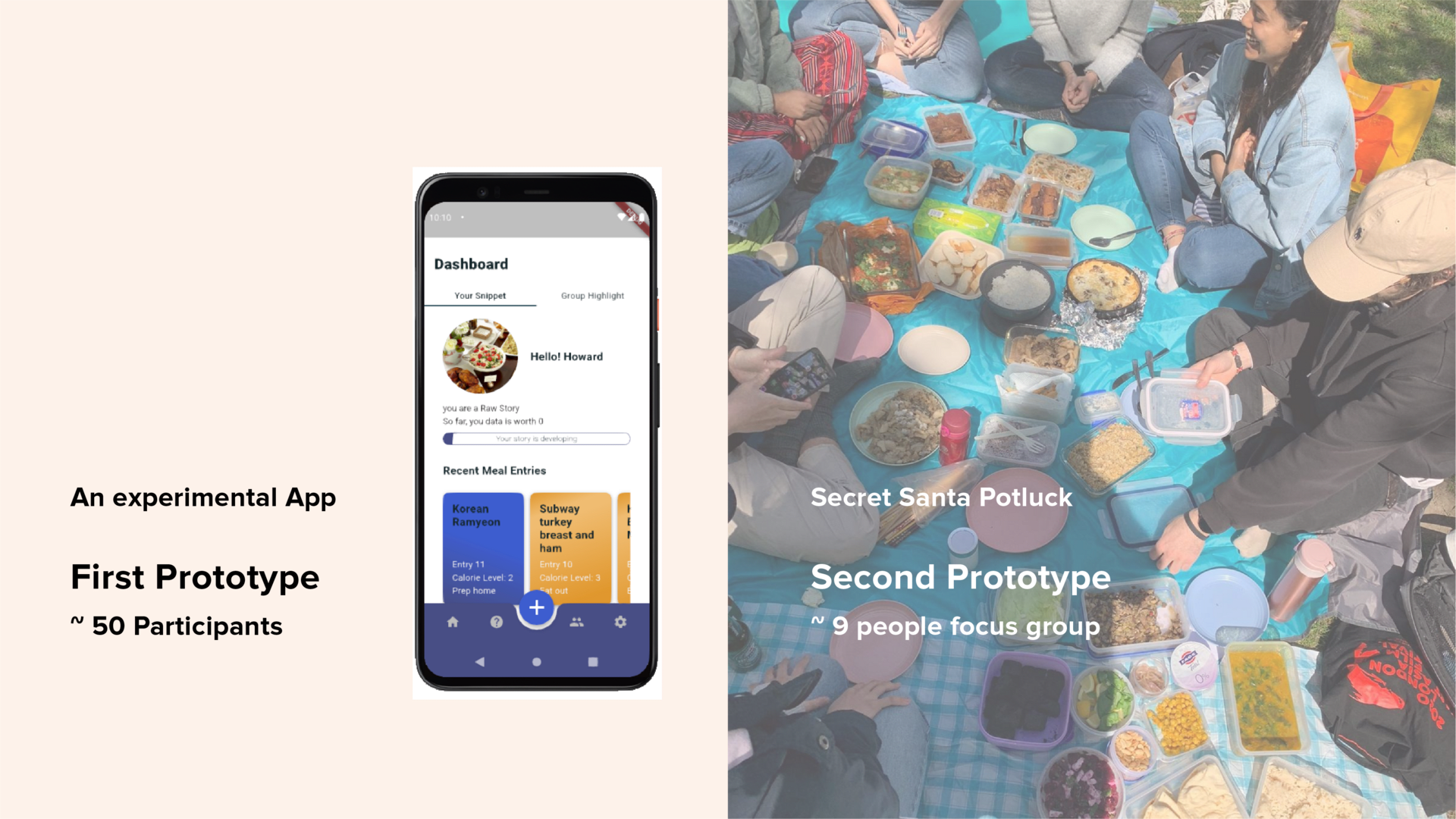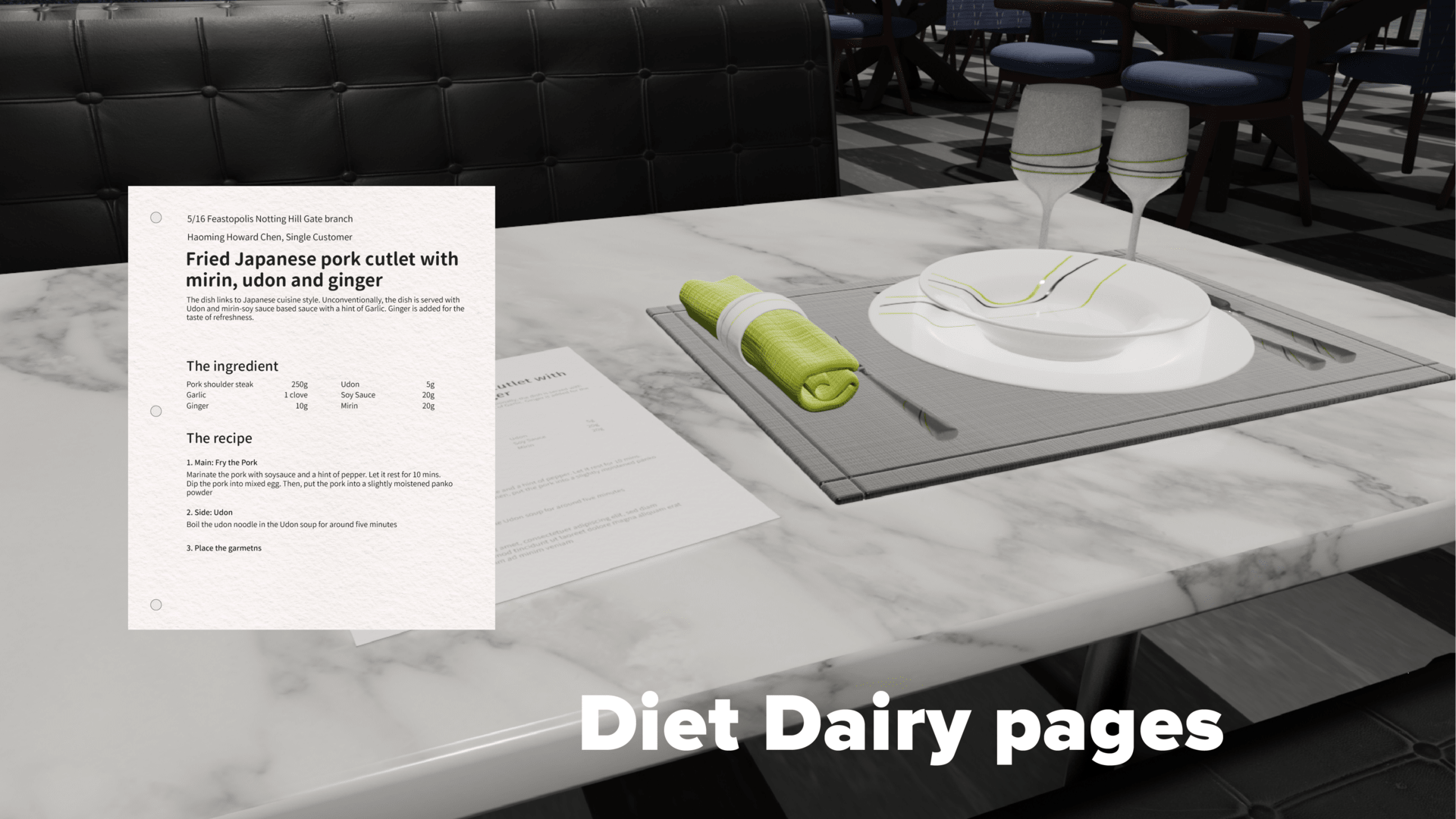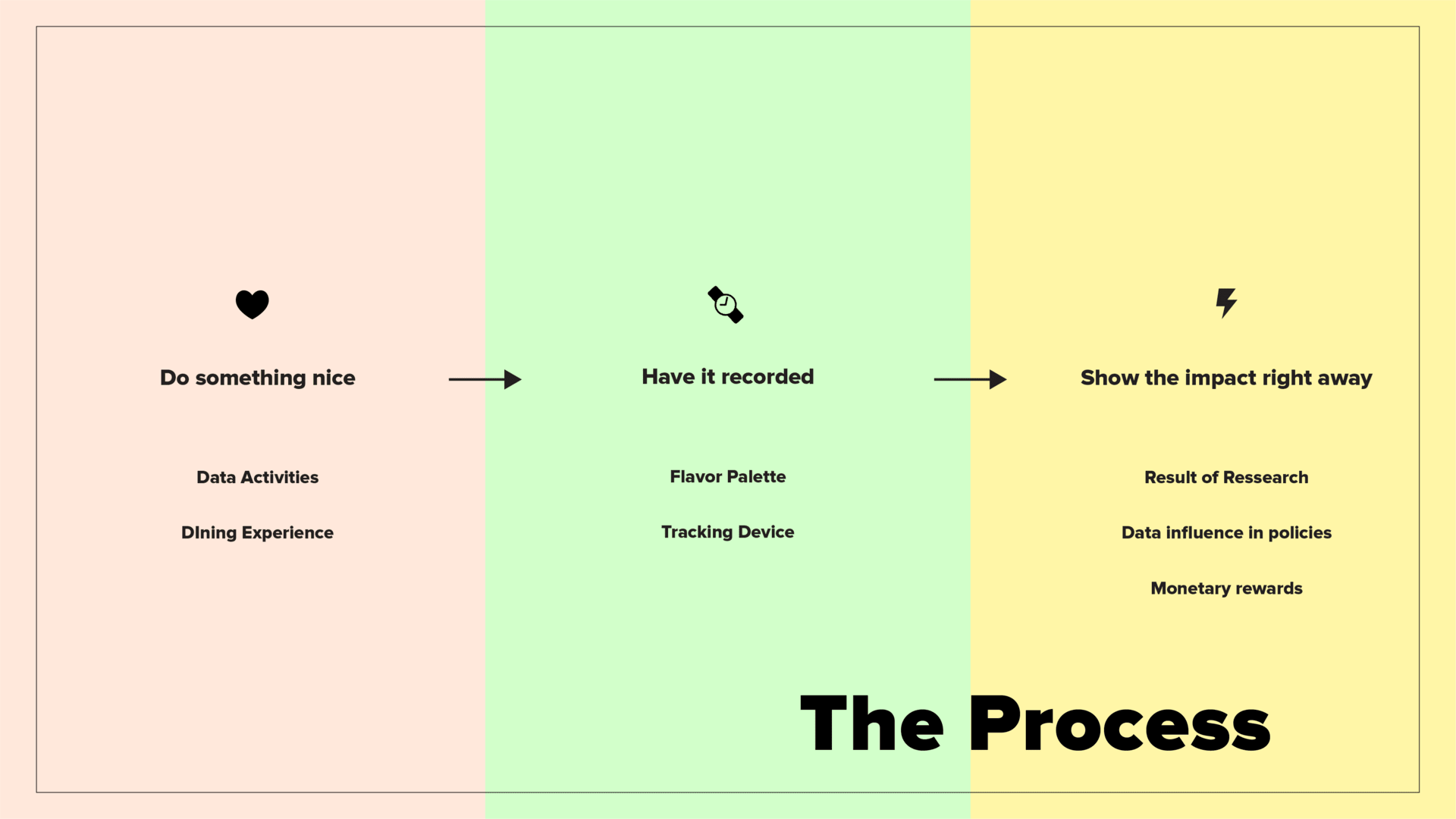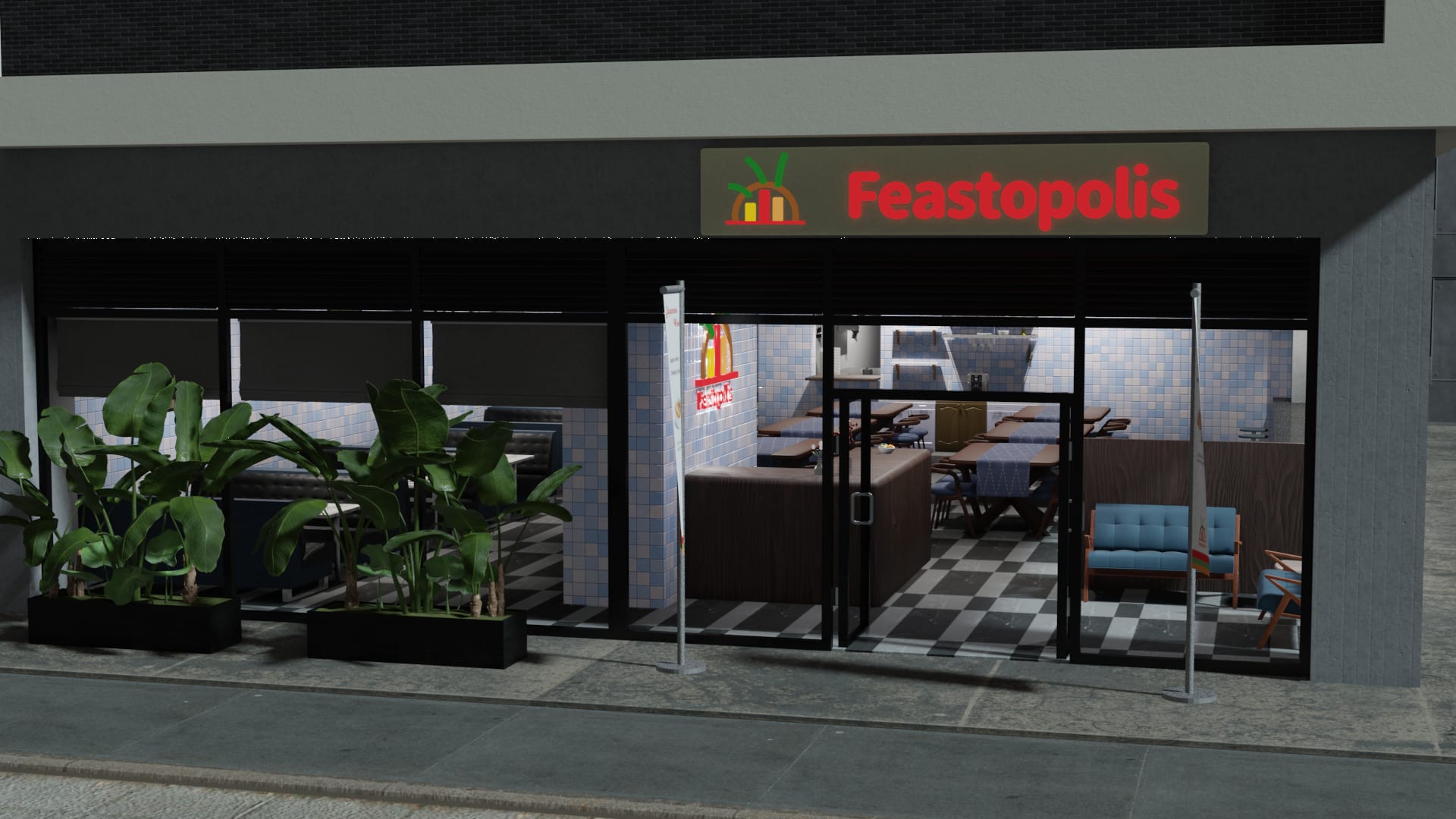Before joining the course, I did a BE in industrial design in Taipei University of Technology, a school leading the Taiwanese design industry with many alumni working in the field. I found my passion for building stuff from the ground up.
I have worked in several digital companies and aided their digitizing effort. Through those experiences, I have seen how design can show its value to the organizations and how I personally as a designer, could deliver positive change to people through power of business.
To me, combining design and business is not just about putting better pretty logos and detailed spreadsheet together. The real value of service design is to investigate the mysterious power that set unique ideas in motion.
This is why I applied to RCA service design. A programme that gives us space to freely explore the landscape of design being implemented beyond tangible items.
I hope that this short introductory could help raise your interest in the most profound value of design thinking process.









